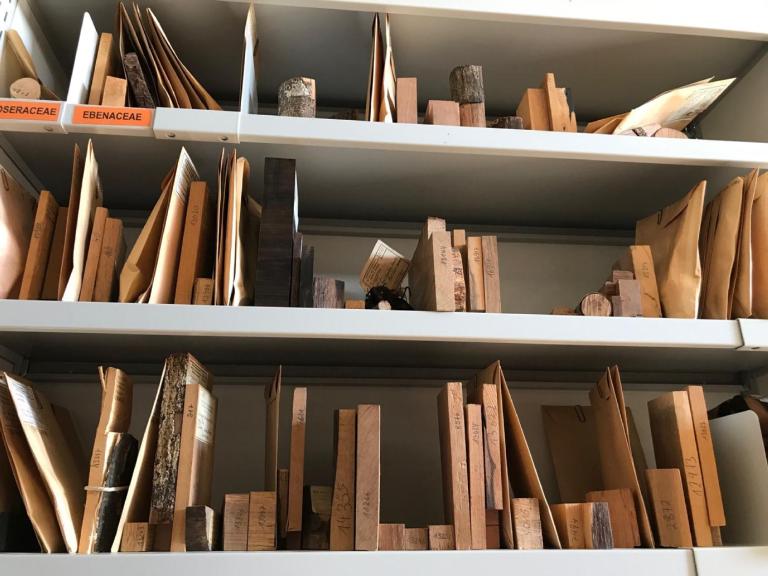
Naturalis has a long-standing history in wood anatomical research and houses one of the largest scientific wood collections in the world (approximately 125,000 specimens). By slicing thin pieces of wood, we describe the extraordinary variation in the shape and distribution of different cell types in the wood. This information is used to identify species, study relationships, and conduct functional research such as drought resistance. In our group, we are currently focusing on various families of flowering plants.
In collaboration with domestic and foreign colleagues, we aim to establish a reference collection of microscopic images of these thin wood slices to build a reference database of traded wood species. This database forms the basis for a wood identification tool based on AI algorithms that will be accessible to everyone in the future (both customs officers and scientists). In this way, we aim to ensure that illegal logging can be detected and punished more quickly, thereby better protecting our forests.